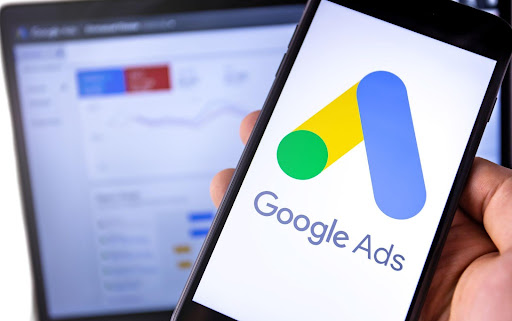
The importance of Quality Score in Google Ads has long been a topic of discussion, often regarded as a challenging metric to understand and utilize effectively.
However, with recent advancements in automation by Google, there has been a lack of information regarding this metric and the manual actions one can take to influence it. This raises the question: Does Quality Score still hold weight in today’s digital landscape?
Understanding Google Ads Quality Score
What factors contribute to a good Quality Score? Let’s break it down. Quality Score is assigned at the keyword level of standard search campaigns and consists of three components:
- Ad relevance: how closely your ad aligns with the search query. To improve your Quality Score, ensure that your ad copy includes relevant keywords.
- Landing page experience: how user-friendly and relevant your landing page is for the searcher. Google assesses factors like page speed, keyword relevance, and more. Making tweaks to your landing page can be relatively easy to improve this aspect.
- Expected click-through rate (CTR): Google’s prediction of the likelihood that your ad will be clicked based on factors like the intent of the query and your historical click-through rate data. This is the most challenging aspect to improve since it depends on Google’s assessment.
Google combines these factors into a score ranging from 1 to 10, with higher scores indicating better performance. Scores of 7 and above are considered excellent, 4-6 are decent, and anything below 4 has room for improvement.
If you’re facing difficulties with your account performance or need assistance in relation to improving quality score metrics, it’s best to engage with a Google Ads agency. They will be able to best advise you on the steps required in order to overcome your current challenges.
Understanding the Mechanics of Quality Score
Quality Score plays a vital role in shaping your performance as it influences your ad rank. Ad rank is calculated by multiplying your Maximum Cost Per Click bid by your Quality Score.
Therefore, if you find that your top and absolute top impression rates or impression share loss metrics are not up to par despite aggressive bidding, it is highly likely that your keyword’s Quality Score is to blame.
Is Quality Score Still Relevant in Google Ads?
In the world of online advertising, opinions on the importance of Quality Score are divided. In this article, we will delve into both perspectives to provide a comprehensive understanding of the topic.
Here are a few reasons as to why many believe the quality score is dead.
-
Lack of Actionability
Improving Quality Score can be a challenging task as it is determined by Google’s algorithm, offering limited insight into specific factors affecting ad and landing page performance.
-
Limited Applicability
Quality Score solely applies to standard search campaigns, overlooking other media-heavy campaign types such as Performance Max, display, or video. Is it fair for only search keywords to be judged based on this metric?
-
Inconsistent Performance Correlation
Sometimes, a low Quality Score has little impact on overall account performance. If conversion rates and cost targets are being met, the importance of a low-quality Score diminishes. Altering strategies solely to improve the Quality Score may risk sacrificing outstanding results.
By examining these perspectives, you can make an informed decision on the relevance and impact of Quality Score in your advertising campaigns.
How to Improve Quality Score
Improving your Quality Score in Google Ads can lead to more effective ad campaigns. Here are some strategies you might consider:
- Keyword Relevance: Ensure that your keywords are relevant to your ad group and match the intent of your target audience. Regularly review and update your keyword list, removing any that are not performing well.
- High-Quality Ad Copy: Create compelling, relevant ad copy that includes your target keywords. This not only improves your relevance but also increases the likelihood of users clicking on your ads.
- Landing Page Experience: Your landing page should be relevant to your ad copy and keywords. It should offer useful, original content that matches the user’s search intent. The page should also be easy to navigate and load quickly to provide a good user experience.
- Ad Group Structure: Organize your campaigns into tightly themed ad groups with closely related keywords. This allows for more targeted ad copy and improves overall relevance.
- Improve Click-Through Rate (CTR): Higher CTRs often correlate with higher Quality Scores. Testing different headlines, display URLs, and descriptions can help you find what resonates best with your audience and drives clicks.
Remember, improving your Quality Score is a continuous process, and it requires regular monitoring and optimization of your Google Ads campaigns.
Final thoughts
The answer to the question of whether Google Ads Quality Score is still relevant in 2023 is unclear. On one hand, Quality Score remains an important element to any successful campaign as it provides a fair evaluation of an advertisement’s performance. On the other hand, issues including click fraud and bots have complicated the Quality Score process, making it difficult to maintain.
Ultimately, advertisers should monitor the continual changes in Google’s algorithms, evaluate their own campaigns accordingly, and make decisions about how best to serve their audience with quality ads moving forward.
With its powerful ability to shape search engine visibility for businesses across the world, understanding and staying current on changing Quality Score algorithms is absolutely essential for advertisers in 2023.
Interesting Related Article: “How to Make Money with Google Ads“
